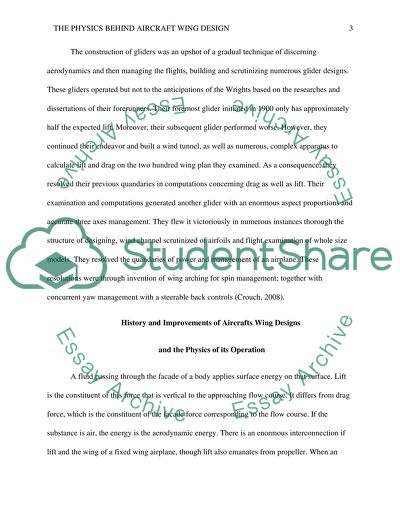Cite this document
(“The Physics Behind Aircraft Wing Design Essay Example | Topics and Well Written Essays - 1500 words”, n.d.)
The Physics Behind Aircraft Wing Design Essay Example | Topics and Well Written Essays - 1500 words. Retrieved from https://studentshare.org/physics/1453612-the-physics-behind-aircraft-wing-design
The Physics Behind Aircraft Wing Design Essay Example | Topics and Well Written Essays - 1500 words. Retrieved from https://studentshare.org/physics/1453612-the-physics-behind-aircraft-wing-design
(The Physics Behind Aircraft Wing Design Essay Example | Topics and Well Written Essays - 1500 Words)
The Physics Behind Aircraft Wing Design Essay Example | Topics and Well Written Essays - 1500 Words. https://studentshare.org/physics/1453612-the-physics-behind-aircraft-wing-design.
The Physics Behind Aircraft Wing Design Essay Example | Topics and Well Written Essays - 1500 Words. https://studentshare.org/physics/1453612-the-physics-behind-aircraft-wing-design.
“The Physics Behind Aircraft Wing Design Essay Example | Topics and Well Written Essays - 1500 Words”, n.d. https://studentshare.org/physics/1453612-the-physics-behind-aircraft-wing-design.


